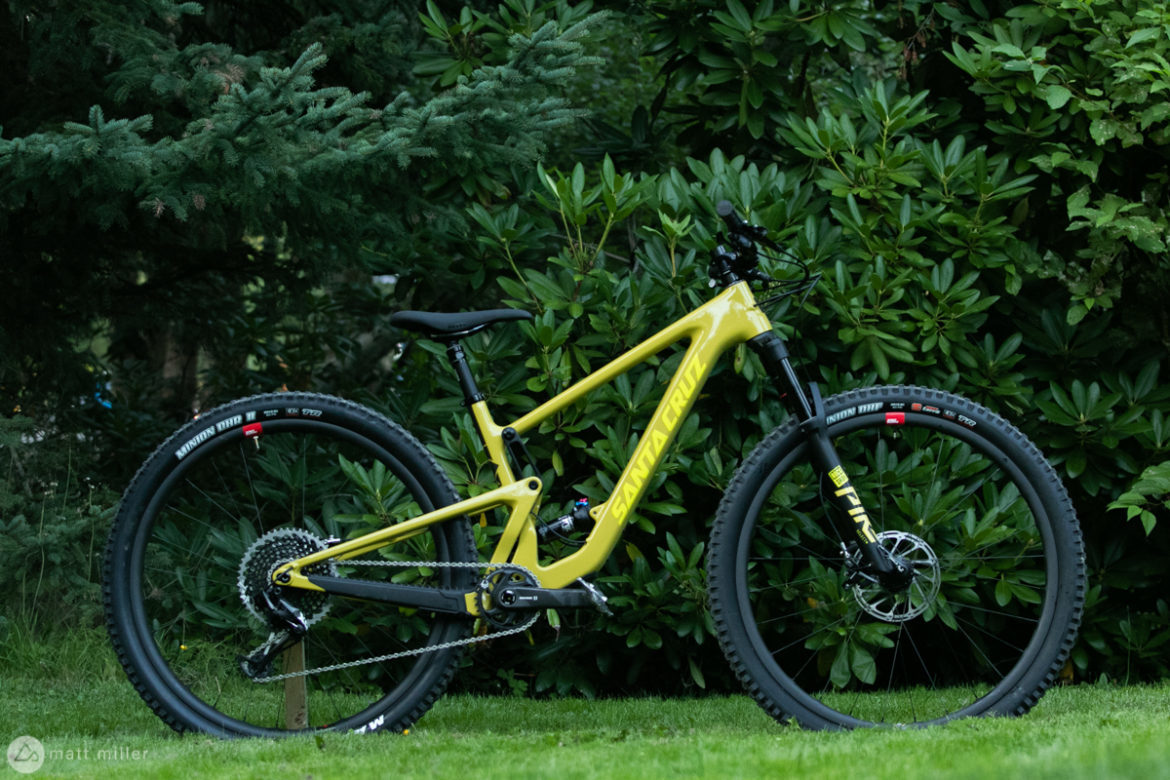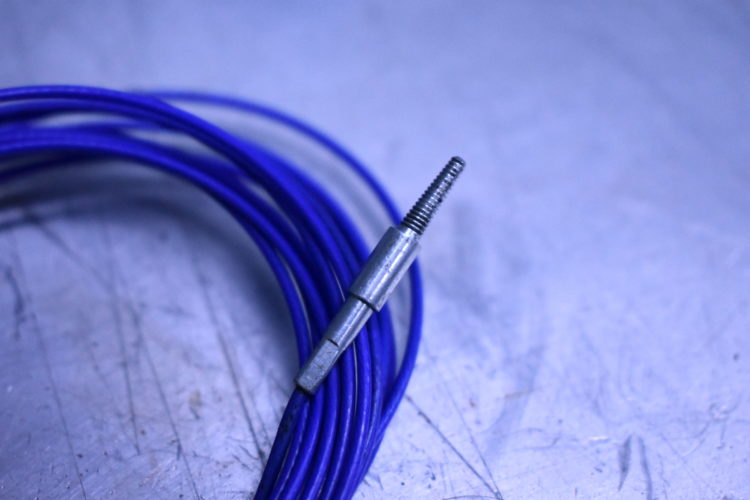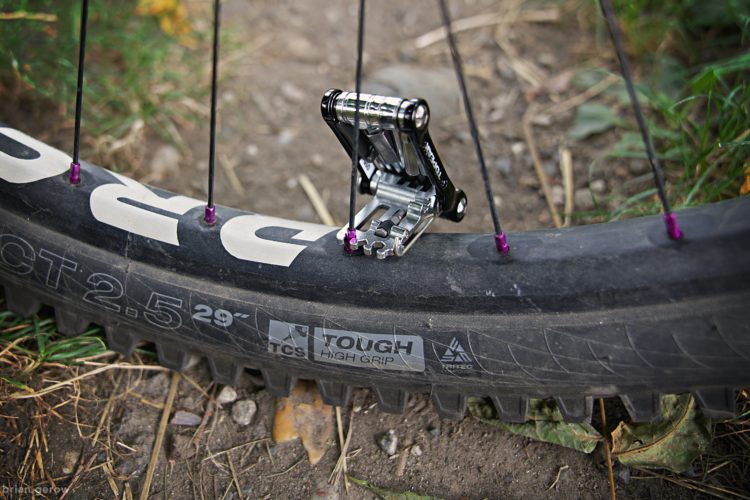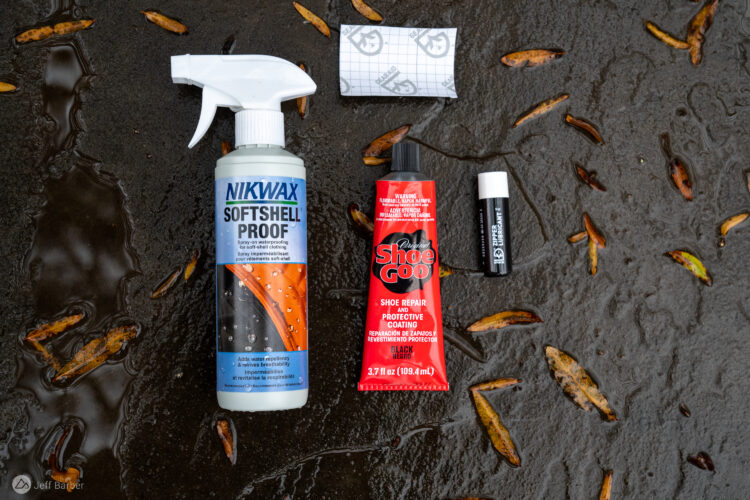
Ever wonder how some riders can seemingly afford to get a new bike every season? Unlike cars, leasing new mountain bikes isn’t a thing (yet) but some mountain bikers have found a workaround. By thinking ahead toward how you’ll sell your new mountain bike before you even buy it, you might just be able to keep the new bike train rolling indefinitely without spending as much as you think.
Now to be clear, this strategy isn’t for everyone and it certainly costs more than simply waiting several years between purchases. If you’re the type of buyer who isn’t concerned about having the latest and greatest, sit back and just wait for those who do to put their (barely) used bikes up for sale online on sites like The Pro’s Closet.
With that said, let’s get started.
Choose the right brand

Brands are important when it comes to resale. Premium brands tend to maintain their premium pricing on the used market, and well-known brands tend to sell more quickly than boutique brands with smaller followings.
Travis Erwin, Vice President of Sales at The Pro’s Closet, says “performance-oriented brands hold their value best and maintain high demand [while] value brands tend to have the least ROI.” For value brand bikes, even “customization has little influence (if any) on resale” according to Erwin.
Choose the right color

If you’ve ever tried to sell a house, you know that neutral colors are the way to go. You may be stoked about your nightclub-black bedroom walls, but not every buyer will be into it. For homeowners, going neutral before the sale means buying a couple gallons of latex and spending a Saturday slapping fresh paint on the walls. But with a bike, it’s not that easy.
So, make sure you buy a new bike with a color scheme that will appeal to the most buyers. Really, you’re looking for a color that will offend the least number of buyers. Black is always safe as evidenced by the shear number of black bike frames that are available, and red or blue can be a good choice for a race bike. Colors can really date the look of a bike, so avoid trendy ones.
Leave room to adjust

It’s common for mountain bikers to make permanent adjustments to their bikes for improved fit. For example, the stock bars on your bike might be a bit too wide for your tastes, or the seatpost and steerer could be too long. But consider that the next owner of your bike might not agree with your preferences.
Keeping a bike stock clearly isn’t ideal, especially when it comes to things like handlebar width. But if you want to get top dollar for your bike, and ensure a quick sale, it might be worth putting up with minor fit issues for a season or two. Keeping parts long also leaves open the possibility of selling individual components to a wider number of buyers.
If you’re in between frame sizes — say large and extra large, or extra small and small — pick the size that’s closer to the middle. There are more potential buyers in the middle than at the extreme ends of the sizing spectrum.
Consider the product cycle
To maximize the potential resale value of your next mountain bike, buy the latest and greatest as soon as it is available. Most mountain bike brands are on about a three year product cycle these days (aside from updating things like paint colors and minor build kit tweaks). Buying a bike at the beginning of the cycle means you have a good year or two to ride it and then sell it without it becoming “obsolete” in the view of buyers.
For example, if you want to buy a trail bike, start with a list of the bikes that were updated this year. All bikes will be updated eventually, so be patient and avoid buying based on emotion. Erwin warns if your bike “is at the tail end of the lifespan, your value will drop substantially with a new model release.”
Targeted upgrades

Some upgrades can add to the value of a bike, while others don’t impress buyers as much. Again, keeping with the house selling example, the saying is that kitchens and baths sell a house, not game rooms and bedrooms.
For mountain bikes, wheels, suspension, and drivetrains are the “kitchen and bath” so it’s worth spending on these parts with an eye toward resale. Erwin from the Pro’s Closet says, “consumables like grips, tires, and chains (even the saddle) rarely make a difference to the overall value. The new owner will have their personal preference and these items are the first to be replaced.”
If grips or tires are visibly worn, it can be worth replacing with fresh (but inexpensive) parts to make the bike look and feel new again. Skip the fresh brake pads and new chain as most buyers will assume these need to be replaced anyway.
Take care of it

Buying a bike with an eye toward reselling it for top dollar after a season or two requires commitment to keeping the bike in excellent condition. Before you even set tire to dirt, cover the bike in frame protection from stem to axle. Avoid riding in muddy conditions, and take it easy through rock gardens. This can potentially take the fun out of riding, and it’s just one price to pay for riding the latest models.
Patrick Goral, Singletracks contributor and mechanic at Loose Nuts Cycles in Atlanta, says “cleaning your bike will keep frame abrasions to a minimum and keep your drivetrain in good shape.” He also recommends adding boots to crank arms and helicopter tape to the frame, especially on carbon bikes.

Unless you’re an ace mechanic, consider how you’ll maintain the bike. Used car sellers often keep service records to show prospective buyers, and this can’t hurt when selling a bike. Buyers will feel reassured to know that a professional has verified the bike has been well cared for and is up to date on maintenance.
Bottom line
Buying a new $7,000 mountain bike every year doesn’t have to cost $7,000. By employing a solid buying strategy and maintenance program, it’s possible to cut that cost in half or better by selling your current bike to a happy new owner.











1 Comments
Nov 7, 2019